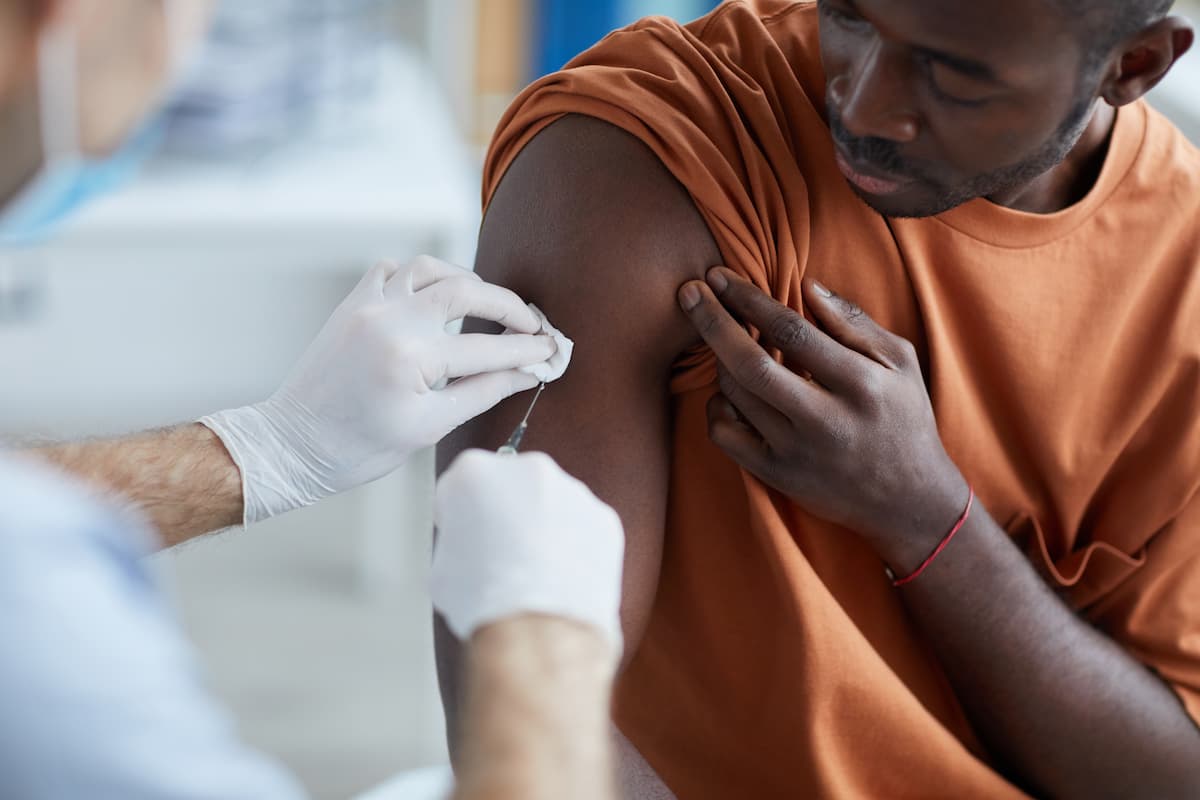Article
New Dupilumab Study Shows Improvement in Eosinophilic Esophagitis Signs, Symptoms
Author(s):
The FDA granted breakthrough therapy designation to dupilumab in September 2020, for the treatment of patients age 12 years and older with eosinophilic esophagitis.
Pivotal data from the first phase 3 trial of dupilumab (Dupixent, Regeneron Pharmaceuticals and Sanofi) for treatment of eosinophilic esophagitis has found that the drug significantly improved structural and histologic measures while rapidly improving patients’ ability to swallow.
According to Regeneron, there are currently no FDA-approved medications for eosinophilic esophagitis (EoE), a chronic and progressive inflammatory disease that damages the esophagus. Over time, EoE can cause scarring and narrowing of the esophagus, limiting patients’ ability to swallow and potentially leading to food impaction, causing a medical emergency.
The FDA granted breakthrough therapy designation to dupilumab in September 2020, for the treatment of patients age 12 years and older with EoE. The drug is a fully human monoclonal antibody that inhibits the signaling of interleukin-4 and interleukin-13 proteins, both of which have been shown to be key drivers of the type 2 inflammation experienced by patients with EoE.
Part A of the randomized, double-blind, placebo-controlled trial enrolled 81 patients aged 12 years and older with EoE, who received either dupilumab 300 mg or a placebo, weekly over a 24-week treatment period. Previously announced study results showed that dupilumab improved symptomatic, structural, and histologic measures of EoE, meeting both of the trial’s coprimary and key secondary endpoints. The new data demonstrate additional improvements in disease severity and extent at the microscopic level, in addition to normalization of gene expression pattern associated with type 2 inflammation.
“The results from this trial show dupilumab significantly improved both patients’ ability to swallow, as well as structural abnormalities in the esophagus, by targeting type 2 inflammation to help reverse tissue damage and scarring that usually worsens over time,” said principal investigator Evan S. Dellon, MD, MPH, in a prepared statement. “These results also demonstrate that eosinophilic esophagitis is a disease caused by factors beyond just the presence of elevated eosinophils.”
According to the new results, patients treated with dupilumab experienced rapid improvement in ability and comfort of swallowing, with significant improvements reported as early as 4 weeks and continuing to improve through 24 weeks. They also reported reduced esophageal eosinophil count below the diagnostic disease threshold. Specifically, at 24 weeks 64% of patients treated with dupilumab achieved fewer than 15 eosinophils/high power field, compared to 8% for those receiving the placebo.
Investigators also found reduced severity and extent of the disease at the microscopic level, with grade and stage scores measuring esophageal tissue changes reduced by 0.761 and 0.753, respectively, compared to a 0.001 and 0.012 reduction for patients receiving the placebo. Finally, dupilumab was found to normalize gene expression in esophageal tissue. The gene expression patterns associated with type 2 inflammation and EoE were reduced by 1.97-fold and 2.66-fold, respectively.
The trial also demonstrated similar safety results to the well-established safety profile of dupilumab in its approved indications. During the 24-week treatment period, overall rates of adverse events were 86% for dupilumab and 82% for the placebo. The most commonly observed adverse events for dupilumab included injection site reactions and upper respiratory tract infections. There was 1 treatment discontinuation in the dupilumab group due to joint pain.
REFERENCE
Dupixent (dupilumab) late-breaking pivotal data showing significant improvement in eosinophilic esophagitis signs and symptoms presented for the first time at scientific meetings [news release]. Tarrytown, NY; October 26, 2020: Regeneron. Accessed October 28, 2020. https://newsroom.regeneron.com/news-releases/news-release-details/dupixentr-dupilumab-late-breaking-pivotal-data-showing





